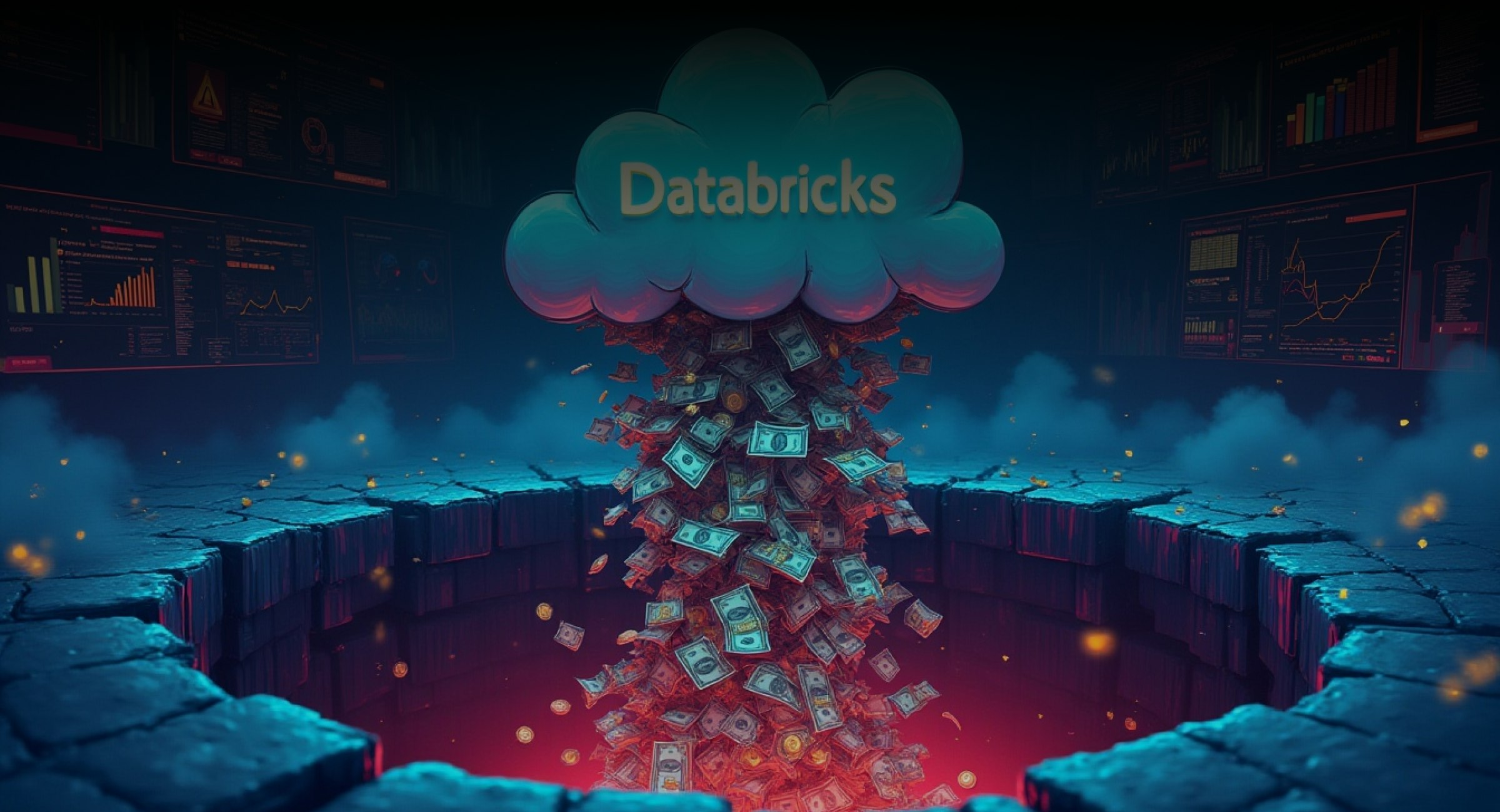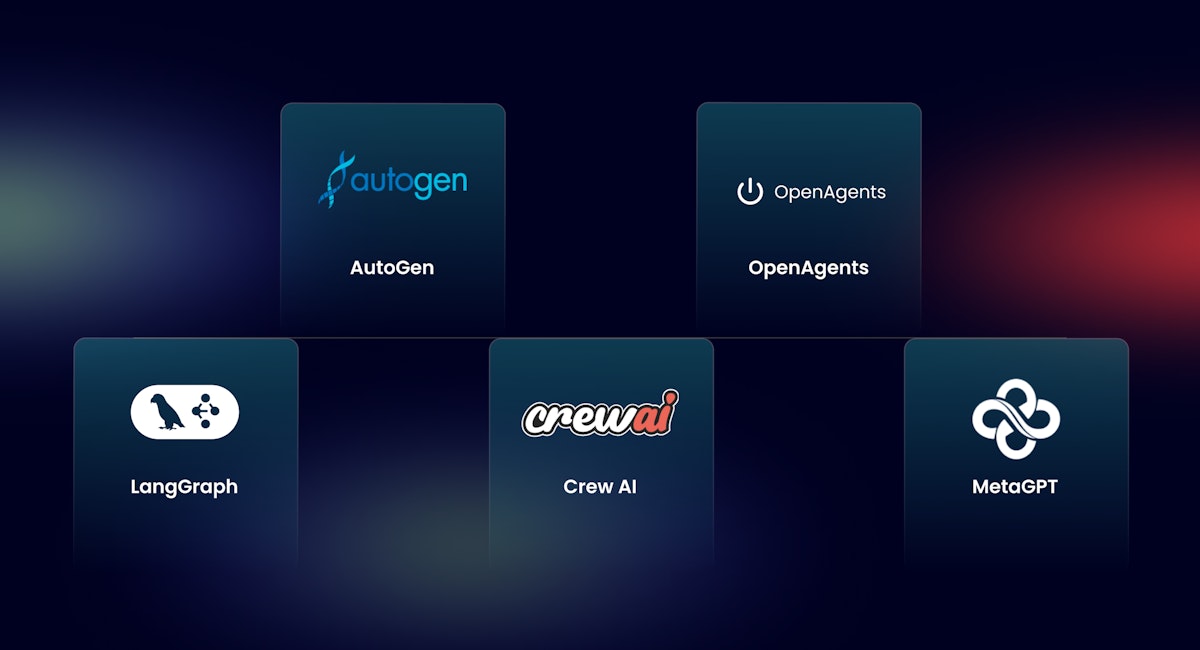Table of Content
Databricks gives you a lot of power—big data processing, real-time analytics, and Machine Learning (ML) capabilities—all under one roof. But with power comes complexity, which quietly eats into budgets for many small and mid-sized companies.
For example, you might spin up a cluster for a one-time analysis and forget to turn it off. As it sits idle for days, it quietly drains your cloud credits and racks up charges in the background.
The worst part? You won’t even come to know about this until much later, buried in cloud bills that are nearly impossible to decode.
Here’s the deal: with the right approach and partner, you can rein in these costs without slowing down the work. You can actually achieve Databricks cost optimization.
We know this for sure. At Intuz, we help SMBs get the most out of Databricks without overspending. From automation to monitoring to cost governance, we consistently build solutions that maximize ROI in the long run.
In this blog post, we’ll pinpoint what you can exactly do to ensure that.

Top 7 Ways Companies Waste Money on Databricks And How Intuz Can Help
1. Running slow or optimized code in Databricks
Even the best infrastructure can’t save you from poorly written code. Unoptimized SQL, inefficient Spark transformations, and missing performance tweaks can all stretch job runtimes and inflate compute costs.
When a query takes twice as long as it should, it’s a budget issue, not a developer’s problem. Here’s how to tighten things up:
- Review and rewrite queries to improve performance
- Make code reviews a habit, especially for production jobs
- Use Databricks features like caching, broadcasting, and Photon execution for faster processing
At Intuz, we take pride in collaborating with our expert developers to:
- Provide hands-on tuning support for SQL and Spark jobs
- Identify bottlenecks in code that’s burning through the compute
- Create personalized templates for your team to follow so that there’s no need to reinvent the wheel every time
The point is that clean code runs cheaper. You just need to have processes in place to keep it that way, thereby achieving effective cost management in Databricks.
2. Creating “zombie jobs” and orphaned workflows
You probably have a few jobs that no one’s watching right now. Maybe they were set up for a short-term task, or someone left the company and forgot about the workflow.
These “zombie jobs” quietly continue, consuming resources, generating logs, and sometimes even failing in the background. Now, each job might seem harmless on its own. But across teams and projects, the cost adds up.
Here’s how to fix these problems:
- Set timeouts and failure alerts so nothing runs endlessly by mistake (this is the first and the obvious step to take)
- Monitor job runtimes and flag anything that runs longer than expected
- Schedule regular cleanup routines to remove stale jobs
Intuz can help you take a step further by:
- Setting up automated monitoring and alerting that catches waste before it snowballs with custom tracking dashboards or AI tools like Overwatch
- Writing auto-cleanup scripts that retire unused jobs and clear out clutter (without you having to worry about it)
The key is to create a system that your team can rely on. Intuz can help you discard rogue processes efficiently.
3. Using bigger Databricks resources than you need
It’s easy to overprovision—spinning up large clusters or high-spec machines “just in case” you require more power to handle unexpected workloads. Overprovisioning happens when teams default to the biggest or fastest option without checking if it’s needed.
But that isn’t always the answer because oversized resources come with oversized costs, burning through budgets fast.
Here’s what you need to do:
- Right-size your clusters by regularly reviewing usage and performance
- Schedule downtime for non-critical environments to avoid unnecessary 24/7 operations
- Use lower-cost instances for dev and test work so you don’t waste premium computing on experiments
At Intuz, we rightfully take this off your plate. Our team:
- Conducts ongoing usage reviews to keep environments in check
- Helps you define policies that make “right-sizing” the default behavior
- Builds automation that delegates resources based on real demand, not guesswork
Small changes can help you size and schedule computing, resulting in meaningful savings and Databricks cost optimization.
Data Migration & Transformation Using Databricks - Case Study
Explore Now!
4. Not tracking Databricks costs by teams or project
When cloud costs come in as one significant lump sum, it’s hard to know where the money goes.
Maybe a project went over budget. Maybe one team uses way more computing than the others. Without tracking, there’s no way to tell, and blanketing all costs isn’t something you should do.
Here’s what to do:
- Set budgets and alerts, so you know when spending drifts off course
- Use tags and system tables in Databricks to break down spending by team, project, or job
- Consider integrating a third-party cost management tool if your team needs more depth
At Intuz, we go beyond visibility and build dashboards that are:
- Tailored to your teams and workflows
- Aligned with governance strategies, encouraging accountability at every step
- Sharing analysis and reports so finance isn’t chasing down answers at the end of the month
Once you can see where the money goes, you’ll know what to cut and where to spend. It’s all about creating meaningful insights for you, and Intuz’s Databricks development solutions do it well.
5. Leaving Databricks clusters running when not in use
As discussed before, this one’s sneaky. You launch a cluster for testing, maybe a quick experiment, and something else grabs your attention. You forget all about the cluster, which, by the way, stays up and keeps charging money.
This is one of the most common ways teams overspend on Databricks, especially in fast-moving environments.
What you can do is:
- Set auto-termination on clusters so they shut down when idle
- Turn on autoscaling so clusters grow or shrink based on real usage
- Use cluster pools to minimize startup costs, especially for short jobs
These are good starting points. But keeping things lean over time takes more than checkboxes in the UI. That’s where Intuz enters the picture. We can help you:
- Automate cluster cleanup across workspaces and jobs
- Train your team so everyone understands how to use Databricks efficiently
- Set smart defaults and enforce cluster policies that prevent runaway spending
The objective is to ensure you don’t have to babysit infrastructure. You won’t have to with the right automation and support from Intuz.
6. Storing and accessing data inefficiently on Databricks
Data storage might seem like a fixed cost. However, how you store and access that data can make a huge difference. For example, tables saved in raw formats take longer to read. Every query will scan the full dataset if you don’t have indexing or caching filters.
On top of it, old data sitting around, never used, will still cost you money. Here’s how to clean it up:
- Enable caching for frequently accessed datasets
- Set retention policies to archive or remove stale data
- Use Z-ordering to make queries faster on common filters
At Intuz, we look at the whole picture:
- We set up data lifecycle policies that keep storage lean and useful
- We optimize pipelines so you’re not repeating heavy operations unnecessarily
- We redesign data architecture to improve performance and reduce duplication (yes, we can work with Delta Lake)
We’ll help you keep your bills predictable! Request cost saving estimates now.
7. Not using spot instances to save on Databricks compute costs
Spot instances are one of the simplest ways to minimize computing costs. And for the right workloads, they often work well. Plus, the savings usually outweigh the effort to make them more fault-tolerant.
However, many teams avoid them because of perceived risk. The idea of a job being interrupted mid-run can feel like too much hassle.
Here’s how to keep this under control:
- Set up retry logic so failed jobs pick up where they left off
- Monitor interruption rates and adjust job types or timing accordingly
- Identify non-critical or fault-tolerant jobs, like batch processing or ETL, that can handle interruptions
At Intuz, we put Databricks cluster settings to work, delivering the following solutions:
- Use Databricks cluster settings to mix spot and on-demand nodes for balance and wherever they make sense
- Monitor performance and cost so you always know how it’s paying off
- Configure cluster policies and retry strategies so jobs stay reliable
Intuz helps you be smart with resources and know when it’s safe to save. Maximize ROI.

Get a Clearer View of What’s Going On
Look, Databricks gives you serious firepower. But without the proper guardrails, costs can slip out of control. The tricky thing is that most overspending doesn’t come from reckless decisions.
It comes from small things: a forgotten cluster, an over-provisioned job, or untracked usage piling up quietly in the background.
But you can enhance cost management in Databricks. Superior automation capabilities, better visibility, and smarter defaults aren’t pipeline dreams. They can be your reality, helping you focus on delivering results instead of chasing budget issues.
Of course, that’s precisely what we help SMBs do at Intuz.
Whether it’s enforcing best practices, optimizing architecture, or building cost dashboards, we have what it takes to make Databricks more efficient without hindering innovation.
Want to see what this could look like for you?
Book a Free 45-Minute Consulting Call — See Our Databricks Cost Visibility Demo Today!
Also, we’ll guide you on ways to optimize and save on Databricks costs







